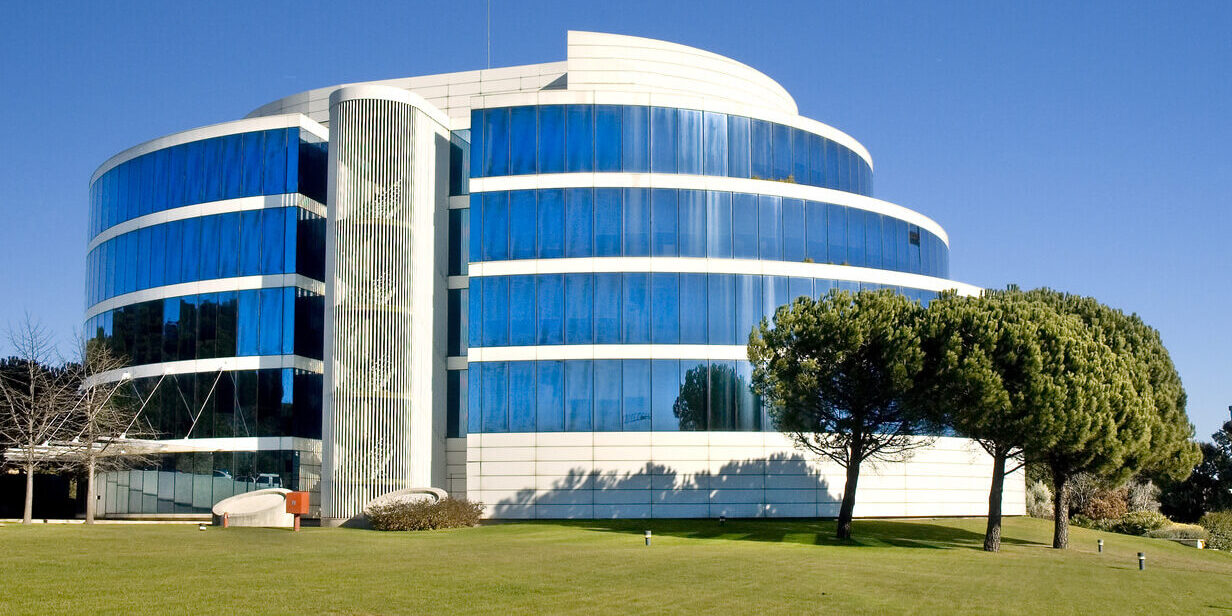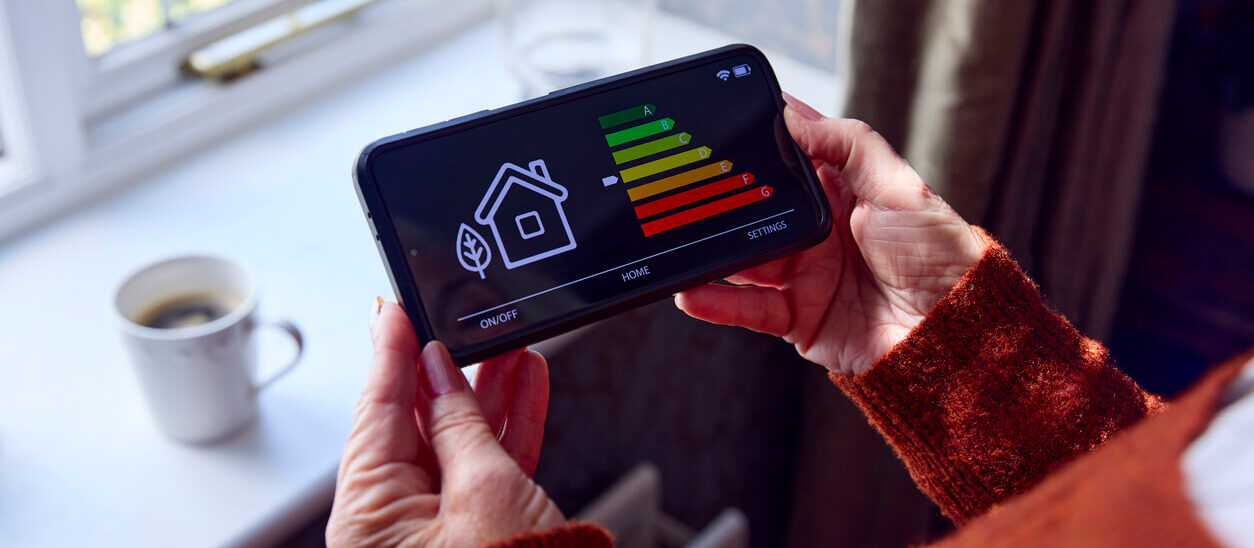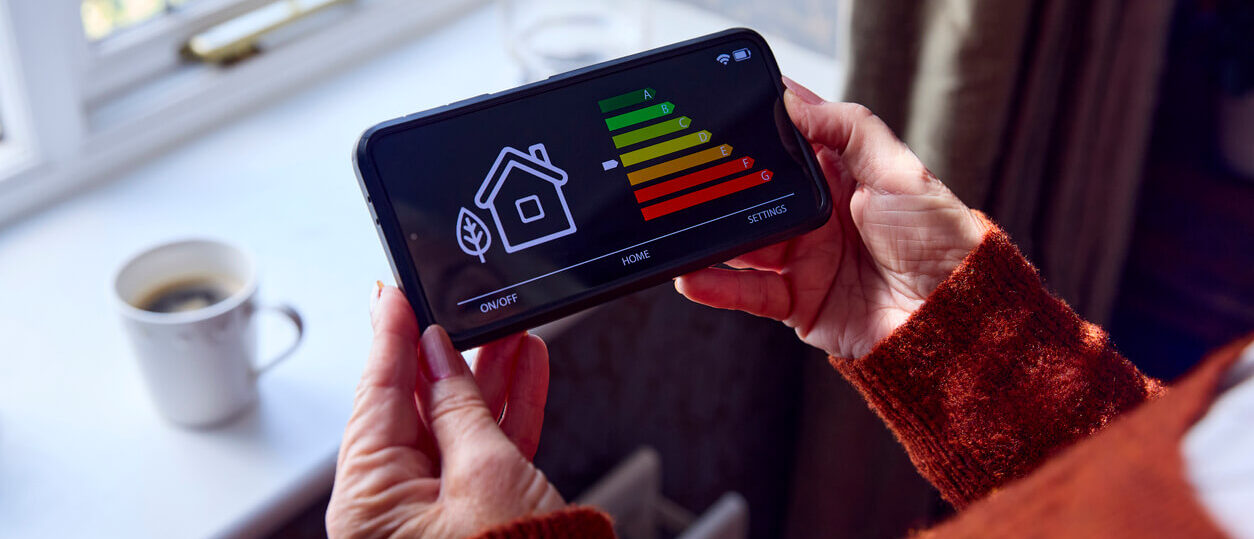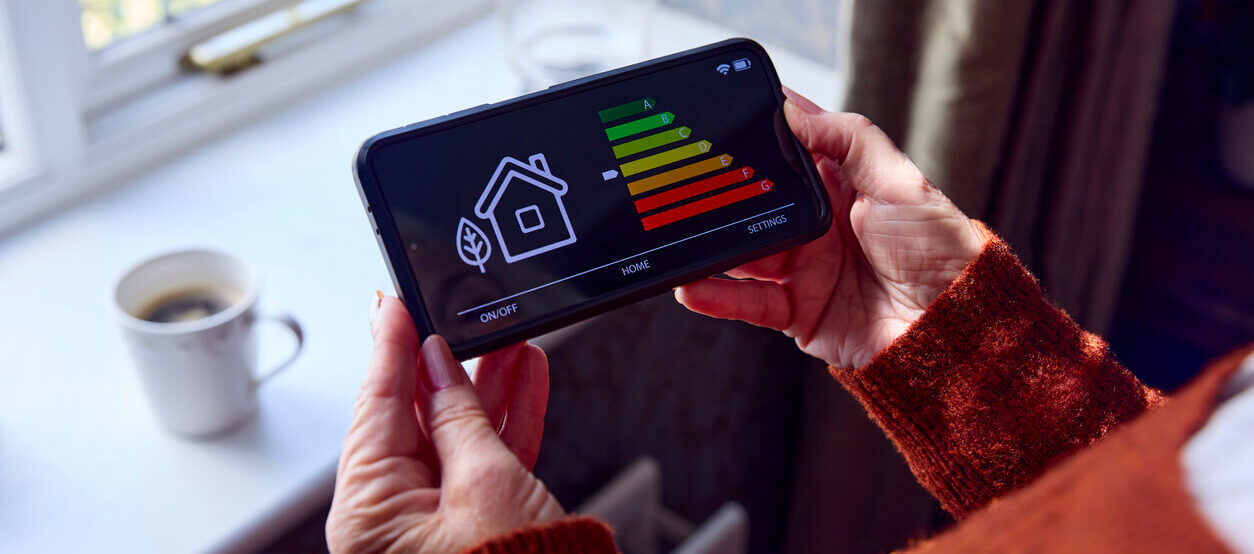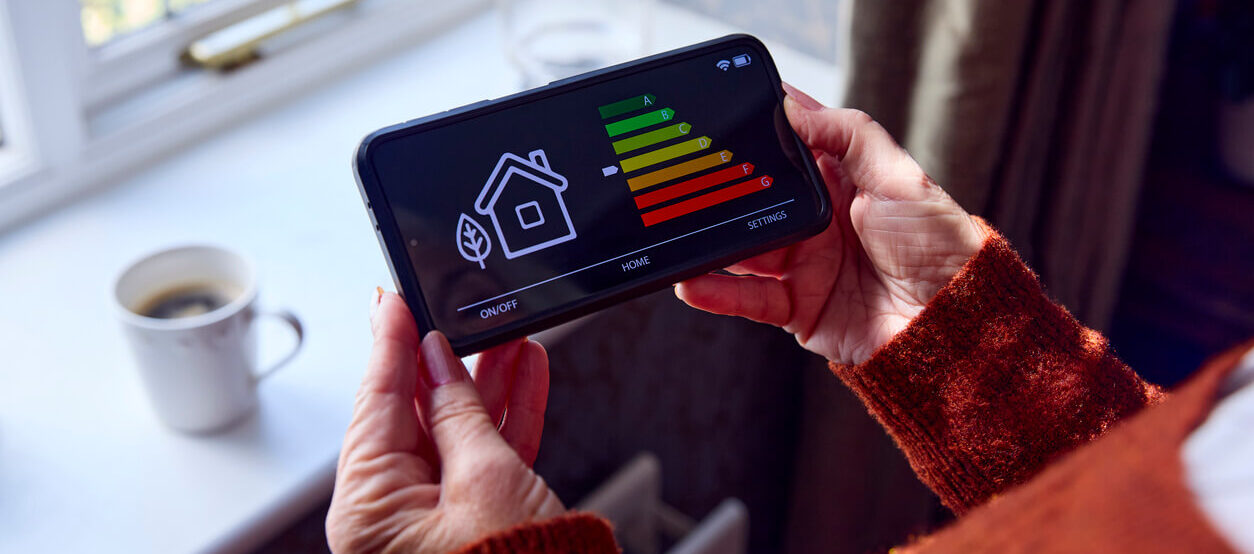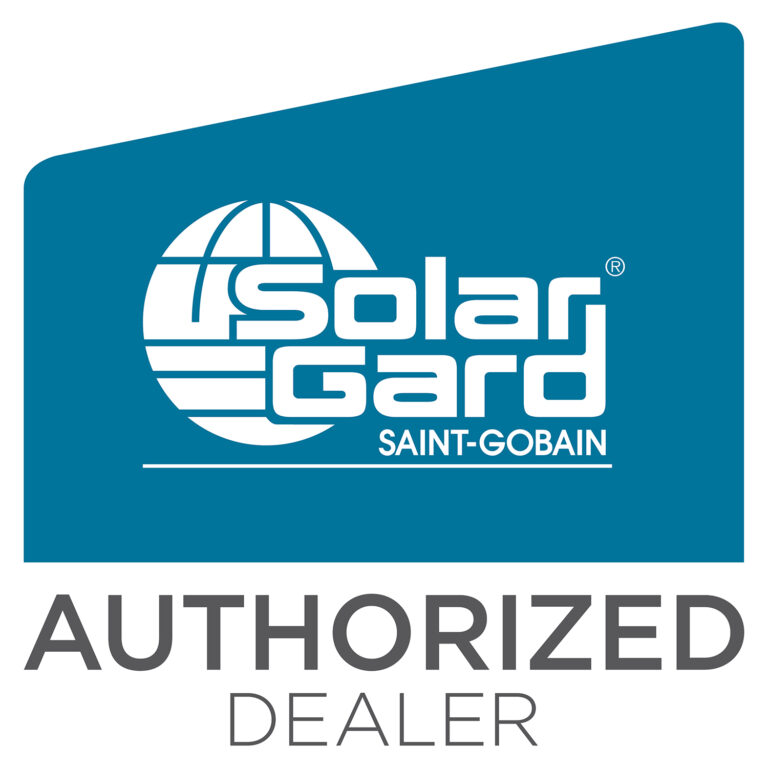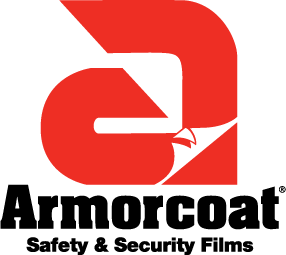Table of Contents
Taking a look into the world of UV radiation, its effects, and our need for UV protection security window film via the use of transparent security window films. This comprehensive guide will not only help you understand UV radiation, its potential harm and how it gets to us, but also the solutions available to combat the ill-effects of this harmful radiation, particularly focusing on security films with UV protection. Additionally, this guide further elaborates on the numerous benefits of using UV protection security films, the different types available in the market, how to install and maintain these films, and finally, evaluate whether this investment is worth it.
Understanding UV Radiation and its Effects
Ultraviolet (UV) radiation, while less known than its counterpart visible light, has significant and impactful effects on our lives. Awareness of UV radiation and knowledge of its origins, dangers, and preventive measures is integral to personal health and well-being.
What is UV radiation?
UV radiation is a type of electromagnetic radiation that is emitted both naturally and artificially. The sun is the most common source of UV radiation. However, there is also man-made UV radiation, such as that emitted by tanning beds, blacklights, and certain types of lasers.
UV radiation is divided into three categories depending on its wavelength: UVA, UVB, and UVC. UVA has the longest wavelength and is the least harmful form of UV radiation. It is responsible for causing skin aging and wrinkles. UVB, on the other hand, has a medium wavelength and is predominantly responsible for sunburns and plays a key role in the development of skin cancer. UVC, with its short wavelength, is the most powerful and harmful form of UV radiation.
The necessity of UV protection
Given the potentially harmful effects of UV radiation, it is crucial to protect ourselves from excess exposure. Long periods of unprotected exposure can lead to immediate health issues like sunburn, but the long term health consequences can be much more severe.
Over time, ongoing exposure to UV radiation increases the risk of developing skin diseases, including skin cancer. In fact, UV radiation is considered a major risk factor for all types of skin cancer, including melanoma, the most serious type. The eyes too, can suffer damage from UV radiation, with the risk of cataracts and other eye conditions increasing with prolonged exposure.
Beyond immediate physical health risks, UV exposure can also negatively impact our lifestyle. For example, continual exposure to UVA rays can lead to premature aging of the skin, which can affect self-esteem and mental well-being.
Common sources of UV exposure
While the sun is the most common source of UV radiation, continuous exposure to other sources can be just as harmful. Tanning beds, welding machines, and mercury-vapor lighting are examples of artificial sources of UV radiation that we might encounter more regularly than we think.
Some occupations inherently involve a higher risk of UV exposure, such as outdoor workers including gardeners, construction workers, and farmers, and indoor workers who use UV emitting devices.
Short and long-term effects of UV radiation
UV radiation has both immediate and long-term effects on our health. Its short-term effects include sunburn and tanning, eye injuries such as photokeratitis (often referred to as snow blindness), and depletion of the immune system.
Over time, repeated UV exposure can lead to more serious health problems. Skin related issues such as premature skin aging, melanoma and other types of skin cancer, actinic or solar keratoses, and skin discoloration may occur. Eye conditions such as cataracts and macular degeneration may also arise. Further, a weakened immune system can make us more susceptible to infections, diseases, and certain types of cancer.
Understanding these implications ensures that we can arm ourselves with the knowledge and tools necessary to manage and minimize the impact of UV radiation on our lives.
The Functionality of Transparent UV Protection Security Window Films
Transparent UV protection security window films, otherwise known as safety films, are a type of thin layer that is applied directly onto glass surfaces to upgrade them with added durability without sacrificing light transmission. These protective films are developed using many clear or tinted adhesive layers that are laminated together and treated with ultraviolet inhibitors to prevent degradation. This kind of window enhancement has been widely accepted due to its versatility and effectiveness in providing higher levels of safety and security.
Understanding Transparent Security Window Films
Transparent security window films are designed to prevent glass windows and doors from shattering upon impact. These safety films are manufactured with the express purpose of increasing the resistive strength and durability of glass applications. They may be installed on a variety of glass types, including windows, doors, and car glasses. The adhesive strength of the film bonds directly to the glass, rendering it more secure, shatterproof, and resistant to breaks and cracks. These films are usually clear and colorless, allowing for the maintenance of the aesthetic appeal of the original glass, along with optimum transparency.
Role of Transparent Security Window Films in Property Protection
In the current world, security threats and risks are an imminent part of life, and everyone is looking for robust solutions to enhance their property safety and security. The invisible layer of security provided by transparent UV protection security window films can be an invaluable addition to your property protection strategies. The films protect against intruders by making the glass more difficult to break. Even if the glass is cracked or shattered, the shards remain attached to the film, preventing dangerous projectiles. The protective layer also reduces the risk of damage to the property due to extreme weather conditions or random accidents, as it strengthens the glass against heavy impacts and high wind velocities.
Protection Against Burglaries and Accidents Afforded by Window Films
Safety and security films not only strengthen the glass but they also delay break-in time by intruders. This can be invaluable, as it provides more time for law enforcement to arrive in case of an attempted burglary. The safety film is tough to penetrate, which means intruders must exert significantly more effort, and spend a lot more time, to break in. Similarly, in accidents involving impact to the glass, the film retains the sharp pieces of shattered glass together, reducing the likelihood of injury from flying or falling glass shards.
Contributions of Window Films to Privacy
Beyond the property protection, transparent security window films also contribute significantly towards privacy. While it does not obstruct the view from inside, it minimizes visibility into your property from the outside, providing privacy. Some window films also come with a glare reduction feature, which can enhance visual comfort by controlling excessive light and reducing glare on television or computer screens. Thus, incorporating these films can create a safer and more comfortable indoor environment.
The Need for Transparent UV Protection Security Window Films
Sunlight filtering through the windows of a home or office can bring the warmth and light necessary to uplift your mood. However, it’s important to note that it can also result in harmful ultraviolet (UV) radiation exposure, which can cause skin-related health problems and substantial damage to home furnishings. One of the best solutions for this issue is installing transparent security window films with UV protection.
Understanding the Harm Caused by UV Radiation through Windows
While natural sunlight provides vitamin D essential for our health, the ultraviolet rays it carries can cause a variety of issues on prolonged exposure. These detrimental rays are divided into two types, namely UVA and UVB. UVA rays can penetrate deep into the skin layer, causing premature aging, wrinkles, and skin diseases. UVB rays are responsible for sunburn, cataracts, and in all seriousness, skin cancer. Not to forget, approximately 90% of skin cancers and visible signs of aging are associated with UV exposure.
UV rays do not depend on temperature; thus, they can go through your windows on cloudy days as well. Furthermore, traditional windows do not offer any kind of protection against these harmful rays. They penetrate your interior, fade your furniture, documents, precious artworks, and even your flooring. These rays can also affect your electronics, causing them to age prematurely.
The Effectiveness of Window Films in UV Radiation Absorption
The clear security windows films with UV protection serve as a barrier against these harmful ultraviolet rays. These films are designed to block up to 99% of UV rays, reducing the risk of skin health issues and the damage caused to your property.
Moreover, these films have a thin, virtually invisible layer that adheres to the window’s interior, effectively absorbing or reflecting the UV radiation. It maintains the window’s clarity and strength, offering undistorted views in addition to UV protection. This means that while you can enjoy the natural sunlight, the harmful UV radiation is kept at bay.
The application of these films is straightforward. Most can be easily applied by a dedicated homeowner; however, for the best results, it is advisable to hire a professional installer.
Additional Benefits of UV Protection Security Window Films
Beyond UV protection, these films offer several other advantages. The films’ reflective properties can help lower the internal temperature of a room, thus reducing the energy consumed by cooling systems, resulting in savings on energy bills.
Security window films also enhance your privacy by restricting the view into your premises without sacrificing the natural light within your space.
Another prominent benefit is their contribution to increasing a building’s overall security. The window films add a level of toughness to your windows, making them less susceptible to break-ins, accidental breakages, or weather-related damages.
With an understanding of the harmful impacts of unchecked UV radiation exposure and the protective measures that can be implemented, applying UV protective security window films becomes an appealing solution for maintaining a safe and vibrant living or working environment.
The Benefits of UV Protection in Transparent Security Window Films
When discussing residential or commercial window treatments, one of the key considerations that people should take into account is UV protection. UV-protected window films don’t just simply enhance the aesthetics of our homes or commercial buildings but also serve a vital role in protecting our skin, furnishings, and even our wallets.
Protection against Skin Damage and related Health Issues
A good number of skin irregularities and serious health conditions can directly be attributed to exposure to ultraviolet rays. Examples of these conditions include skin aging, skin cancer, eye diseases, and weakening of the immune system.
UV protection in transparent window films may subsequently reduce the prospect of these problems. This is because the films block up to 99% of harmful UV rays from penetrating through the windows, significantly limiting the amount of radiation we are exposed to indoors. UV protective films ensure that we enjoy the ambiance of natural light without the accompanying health risks tied to ultraviolet radiation. Hence, they act as a shield to safeguard us from harm while indoors, especially in spaces with large windows or glass walls where sunlight exposure is maximized.
Prevention of Home Furnishings and Assets from Sun Damage
UV rays are not only dangerous to our skin but can be detrimental to the lifespan of our home or office furnishings. The rays cause fading and discoloration of fabrics, paintings, photographs, hardwood floors, and even documents over time.
Applying UV-protected window films significantly extends the life of your furnishings by preventing such damage. They block harmful rays without hindering the visibility or appearance of the windows, ensuring your invaluable items maintain their integrity and look for years.
Energy Savings Due to Reduced Need for Air Conditioning
Another key benefit of UV-blocking window films relates to energy efficiency. UV rays are a significant contributor to indoor heat in buildings, often requiring increased use of air conditioning for comfort during warm weather.
By blocking a substantial portion of these rays, UV-protective window films help to keep the indoor temperature cooler naturally, reducing the need for frequent use of air conditioning. This leads to substantial energy savings in the long run, a factor that is not only cost-effective but also promotes a greener, more sustainable environment.
Addition of Protective Layers without Changing the Aesthetic of the Building
Unlike other forms of window treatments, installing UV-protected films does not compromise the aesthetic value of your buildings. These films are transparent, meaning they do not interfere with the natural view or the clarity of the glass.
UV-protection films can blend seamlessly into various architectural designs and are virtually invisible, maintaining the look and feel of the original glass. This means they can be fitted into any building without clashing with the existing style and decor.
In summary, UV-protective window films serve a broader purpose beyond just the aesthetics. The benefits of these films extend from guaranteeing the health safety of the inhabitants, preserving the longevity of the building’s interior, enabling energy savings, to seamlessly complementing architectural designs. Therefore, they present immense value and should be considered when exploring window treatment options.
Comparison of Different Types of UV Protection Security Films
UV protective security window film brands come in many different shades, styles and colors and are used in various applications. Ranging from car windows to home and commercial building windows. These films are designed to block the harmful ultraviolet rays from the sun, which can cause skin cancer and damage to interior furnishings.
Comparison based on UV protection percentage
Different types of UV protective films offer varied levels of UV protection. Standard UV protective films can block up to 99% of UV rays from the sun. These films are most commonly used in residential and commercial applications where high levels of UV protection are necessary.
Various UV protection films have been specially designed to provide an efficient solution for sun control. These sun control films can block different percentages of UV radiation. For instance, High-Impact Sun Control films are capable of blocking up to 85% of the sun’s harmful UV rays.
Nano-ceramic window films are another type of UV protective film. These films provide maximum heat rejection and 99% UV protection. They are often more expensive than regular films but come with an advantage in terms of their protective capabilities.
Comparison based on material and durability
UV protective security films are made from different materials. Polyester-based films are the most common, but other materials such as ceramic and metalized films are also used.
Polyester films are highly durable, providing excellent protection against UV rays, heat, and glare. They also offer good tear resistance and do not fade over time, making them ideal for long-term applications.
Ceramic films, on the other hand, include tiny, ceramic-based particles that are resistant to fading and give exceptional heat and UV rejection. However, these films can be less durable than polyester films, particularly in environments with changing temperatures.
Metalized films, made with small particles of metals such as silver or aluminum, are exceptional at heat rejection and UV protection. However, their metallic content can interfere with electronic devices, making them less suitable for certain applications.
Comparison of cost-effectiveness
When considering the cost-effectiveness of different types of UV protective films, it’s important to take into account factors such as durability, UV protection level, heat rejection, and aesthetics.
In terms of durability and UV protection, polyesters and ceramics are both great choices. Despite ceramics being higher priced, they also offer better heat rejection, which can save users money on cooling costs in the long run and hence be more cost-effective.
The cost-effectiveness of metalized films depends on the specific application. For certain locations, the heat rejection properties and the strong UV protection may make these films a cost-effective choice, despite their higher initial price tag.
Comparison based on visibility and aesthetics
UV protective security films also vary in terms of visibility and aesthetics. While some films offer a clear, virtually unnoticeable appearance, others may give a tinted or mirrored effect.
Polyester films typically have a clear, low-reflective appearance that doesn’t alter the look of windows significantly, making them a popular choice for both residential and commercial properties.
Ceramic films, on the other hand, are less reflective than metalized films but can still give windows a slightly darker tint.
Metalized films offer a more noticeable, reflective appearance that can give windows a mirror-like effect. While this may enhance privacy, it may not be aesthetically pleasing for all users.
Overall, the choice of UV protective film depends on individual user needs, with factors to consider including UV protection level, durability, cost-effectiveness, and aesthetic preferences.
Installation and Maintenance of UV Protection Security Films
UV protection security films are designed to block harmful UV rays, lower energy costs, increase privacy, and enhance security. They are effective solutions to protect homes and businesses without altering the building’s aesthetics. However, the effectiveness of these films largely depends on their correct installation and proper maintenance. The article discusses the steps for professional installation, tips for maintaining window films, and factors to consider when replacing old films.
Steps for Professional Installation
A professional installation of UV protective security films involves several steps to ensure its maximum effectiveness. Initially, it is essential to clean the windows thoroughly. Include frame cleaning to eliminate all traces of dirt, dust, and grime. It is important to note that improper cleaning can result in debris trapped beneath the film causing undesirable air bubbles.
Next, measure the windows properly. Accurate dimensions are crucial for correct film cutting. Once measurements are done, the security film is cut, leaving additional room for adjustments. The film is then lightly sprayed with a specific solution to activate the adhesive and smoothly applied to the window pane. Using a squeegee, all the trapped solution and air bubbles are removed, starting from the center and moving outwards.
Finally, it’s the trimming process. The film’s edges are precisely cut to ensure a perfect fit. Then the film edges are sealed to make sure that dirt and dust will not creep under the film, leading to peeling or bubbling. A successful installation ensures the long-lasting effectiveness of the security film.
Tips for Maintaining the Effectiveness of Window Films
Post-installation, the maintenance of UV protective film is equally significant to keep it working effectively. The maintenance starts right from the first few days of installation. It is advisable to allow the film to dry and settle on the window for at least a week before cleaning. When cleaning, avoid harsh cleaning solutions as they may strip off the UV protective layer. Instead, use a mild soapy solution and a soft, lint-free cloth to clean the windows.
Additionally, to extend the film’s lifespan, consider applying a special UV-blocking window cleaning solution during bi-annual window cleaning. This helps replenish the UV protective layer that may have worn down over time. Also, inspect the film regularly for any signs of peeling, bubbling, discoloration, or cracking, which may indicate it’s time for replacement.
Factors to Consider When Replacing Old Window Films
Timely replacement of old films is crucial to maintain the window’s integrity and effectiveness. Some factors to consider during film replacement include the film’s age, visual inspection results, and your energy bills. An old film, even if it appears intact, may not offer optimal UV protection. Peeling, bubbling, discoloration, and cracking are all signs that the film needs replacement.
Noticeable increases in your energy bills may be another indicator the window film is not performing effectively. As a result, the room may heat up faster, triggering more frequent use of air-conditioning systems, hence increased energy bills. If one or more of these factors are noticeable, it’s time to replace your UV protective security film. While replacing, remember to opt for a professional installation to ensure optimal performance.
Introduction to UV Radiation
Ultraviolet (UV) radiation, a part of sunlight, is known on one hand, for its vitamins synthesis ability in the human body especially Vitamin D, and on another hand for its harmful effects. The latter effects of UV radiation include but are not limited to skin aging, sunburn, and a heightened risk of skin cancers. As science and technology have advanced, we have gained the ability to guard ourselves against these harmful effects without having to avoid the sun altogether. Today, we will explore an investment into UV protection, an investment not only in our health but also in our environment and financial future.
Health Risks Associated with UV Exposure
Direct and prolonged exposure to the sun’s UV rays can pose significant health risks. While all of us are vulnerable, individuals with fair skin and outdoor workers are particularly susceptible. The most common and immediate impact is sunburn, which ranges in severity from minor redness to harmful second-degree burns. Continued UV exposure leads to early aging of the skin, resulting in it becoming thick, wrinkled, and leathery over time.
More dangerously, sustained exposure to UV radiation increases the risk of multiple types of skin cancer, the most dangerous being melanoma. Although preventable if detected early and with appropriate UV protection, melanoma is often fatal if left untreated. UV rays are also harmful to the eyes, causing disorders like cataracts, pterygium, and potentially leading to total vision loss.
Methods of UV Protection
It is crucial to protect ourselves and our loved ones from damaging UV radiation. There are several ways to accomplish this. Sunscreen is one of the most common methods of UV protection and is widely available. It works by absorbing or reflecting harmful UV rays before they can penetrate the skin. However, sunscreen should not be the only defense mechanism – wearing protective clothing, hats, sunglasses, and seeking shade during peak sun hours are all equally important.
Another popular method is the use of physical barriers or objects that block out the UV radiation. These include but are not limited to UV-blocking window films, sunshades, parasols, awnings, etc. Such barriers block out the harmful radiation and reduce the exposure levels significantly.
Investing in UV Protection: A Worthy Endeavor?
It is important to weigh up the various factors to decide whether investing in UV protection measures is indeed worth it from a personal, financial, and environmental perspective. The initial cost may seem high, however considering the potential health implications and related treatment costs of not investing in UV protection, it may indeed result in significant cost savings. Moreover, many of these UV protection measures – like the UV-protective barriers, are long-lasting and provide an effective solution for many years.
Furthermore, we should consider the investment from an environmental perspective. Sunscreen, for instance, often contains chemicals that are harmful to the marine environment. UV filters like window films and shades are much more eco-friendly and contribute to reducing our carbon footprint.
Investing in UV protection is, therefore, a multifaceted decision that impacts not only our personal health and financial security but also the environment. It deserves thoughtful consideration and planning. With today’s various options for UV protection, we can make an informed decision that is best suited to our individual needs and preferences.
What are the benefits of UV protection in transparent security window films
UV protection in transparent security window films decreases damage caused by harmful sun rays to interior furnishings, and also prevents skin cancer by blocking up to 99% of UV radiation.
How does UV protection in window films enhance security?
This protection in window films strengthens the glass, making break-ins more difficult. Additionally, the film reduces visibility from the outside, providing an extra layer of privacy without compromising natural light.
Can UV protection in window films cut down on energy costs?
Yes, these films act as insulators, reducing heat in summer and retaining warmth in winter. Therefore, UV protected window films can help decrease reliance on HVAC systems, cutting down energy expenses.
Do transparent security window films with UV protection fade with time?
Most high-quality films are built to endure, remaining clear and protective for many years. However, lifespan of the film is dependent on factors like quality, installation, and exposure to direct sunlight.
Can UV protection in window films prevent health risks?
By blocking up to 99% of harmful UV rays, these films can significantly reduce an individual’s risk exposure to skin cancer, premature skin aging, and eye damage.
Do UV protective window films affect indoor illumination levels?
No, these films allow an adequate amount of natural light to enter interiors, while protecting against harmful UV radiation and glare. Consequently, indoor illumination is improved, without the dangers associated with direct sunlight.
Learn more with filling out our form below and talk to one of our qualified representatives.

